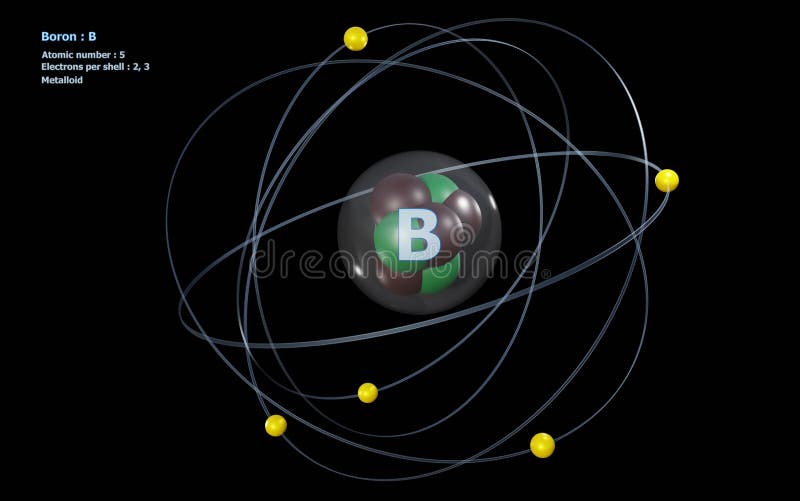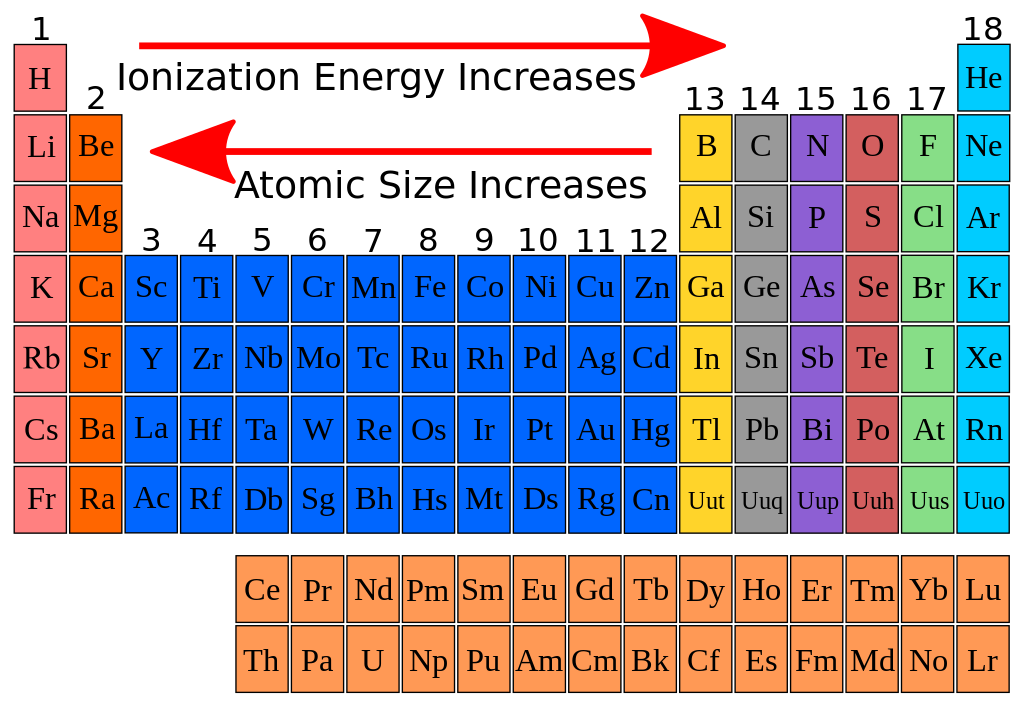Boron Atom
What is the shorthand notation for a ground-state boron (B) atom?

Boron is a chemical element with atomic number 5 which means there are 5 protons in its nucleus. Total number of protons in the nucleus is called the atomic number of the atom and is given the symbol Z. The total electrical charge of the nucleus is therefore +Ze, where e (elementary charge) equals to 1,602 x 10-19 coulombs.
In the compound, there is 1 atom of boron and 3 atoms of fluorine. After computation, the result says that 24 valence electrons need to be shared to make a bond between atoms. Boron is introduced during silicon processing, where silicon is purified for use in PV devices. When a boron atom assumes a position in the crystal lattice formerly occupied by a silicon atom, there is a bond missing an electron (in other words, an extra hole). Sep 19, 2019 - Explore Jamie Smith's board 'Boron atom' on Pinterest. See more ideas about boron atom, boron, atom. Image showing periodicity of valence s-orbital radius for the chemical elements as size-coded balls on a periodic table grid. The R max values for neutral gaseous element valence orbitals are abstracted from reference 1. Mann, Atomic Structure Calculations II.Hartree-Fock wave functions and radial expectation values: hydrogen to lawrencium, LA-3691, Los Alamos Scientific.
1 Answer
Explanation:
An element's noble gas shorthand notation makes use of the electron configuration of the noble gas that comes immediately before the element in the periodic table.
Start by writing the complete electron configuration of boron,
This means that the electron configuration of a neutral boron atom must account for a total of

Now, the noble gas that comes immediately before boron in the periodic table is located in period 1, group 18, and it's called helium,
The complete electron configuration of a helium atom looks like this
Notice that the complete electron configuration of boron includes the complete electron configuration of helium. You can thus replace this in the electron configuration of boron to get its noble gas shorthand notation
Notice that the brackets and the symbol of the noble gas are used to symbolize its electron configuration.
Related questions
We elaborate the uses of Boron and atomic properties with characteristics. Boron is a black-looking chemical element with atomic number 5. Its symbol is B and it belongs to the group of metalloids and its usual state in nature is solid. Boron is located at position 5 on the periodic table.
You Can Visit Our Managed: Periodic Table Main Page
Boron Atoms
On this page you can discover the chemical properties of boron and information about boron and other elements on the periodic table such as aluminum, beryllium, carbon or helium. You will also learn what boron is for and you will learn what its uses are through its properties associated with boron such as its atomic number or the usual state in which boron can be found.
You will see qualities of boron such as its melting and boiling point, its magnetic properties or what its chemical symbol is. In addition, here you will find information about its atomic properties such as the distribution of electrons in boron atoms and other properties.
For some elements, some of this information is unknown. In these cases we show the properties attributed to them.
Boron properties
Boron is part of the elements called metalloids or semi-metals. These types of elements have intermediate properties between metals and nonmetals. As for its electrical conductivity, this type of materials to which boron belongs, are semiconductors.
The state of boron in its natural form is solid (non-magnetic). Boron is a black-looking chemical element and belongs to the group of metalloids. The atomic number of boron is 5. The chemical symbol for boron is B. The melting point of boron is 2349 degrees Kelvin, or 2076.85 degrees Celsius or degrees Celsius. The boiling point of boron is 4200 degrees Kelvin or 3927.85 degrees Celsius or degrees Celsius.
Uses of boron
Boron is a chemical element that has been used for thousands of years. If you have ever wondered what boron is for , here is a list of its possible uses:
- A large amount of boron is used in conjunction with sodium tetraborate to insulate fiberglass. It is also used in many detergent and bleach cleaning products.
- Most of the boron is used to produce glass and ceramics. Borosilicate glass has exceptional resistance to thermal shock (sudden temperature changes that cause the glass to break).
- Boron filaments are used as lightweight but highly resistant materials in the creation of aerospace structures. It is also used to produce some of golf clubs and fishing rods.
- Boron carbide protections can be used as control barriers in nuclear reactors. This prevents a nuclear reactor from spinning out of control. Boron carbide is also used in bulletproof vests and tank armor.
- Metal borides are very strong and are often applied to a substance to increase its hardness.
- Boron is a part of neodymium magnets , the strongest type of permanent magnet. These magnets are used in magnetic resonance imaging machines, CD and DVD players, mobile phones, timers, and more.
- Boric acid is sometimes used as an insecticide against ants, fleas, and roaches.
- Sodium borate can be used as a combustion retardant in plastics and rubber.
Boron Atomic Properties
The atomic mass of an element is determined by the total mass of neutrons and protons that can be found in a single atom belonging to this element. As for the position where to find boron within the periodic table of the elements, boron is in group 13 and period 2. Boron has an atomic mass of 10,811 u.
The electronic configuration for boron is [He] 2s22p1. The electronic configuration of the elements, determines the form in which the electrons are structured in the atoms of an element. The average radius of boron is 85 pm, its atomic radius or Bohr radius is 87 pm, and its covalent radius is 82 pm. Boron has a total of 5 electrons whose distribution is as follows: In the first layer it has 2 electrons and in the second it has 3 electrons.
You Can Visit Our Managed: Periodic Table Main Page
Boron characteristics
Boron Atom Diagram
Download gretl mac. Below you can see a table showing the main characteristics of boron.

| Boron | ||
|---|---|---|
| Chemical symbol | B | |
| Atomic number | 5 | |
| Group | 13 | |
| Period | 2 | |
| Appearance | black | |
| Block | p | |
| Density | 2460 kg / m3 | |
| Atomic mass | U 10,811 | |
| Average radius | 85 pm | |
| Atomic radio | 87 | |
| Covalent radius | 82 pm | |
| Electronic configuration | [He] 2s22p1 | |
| Electrons per layer | 2. 3 | |
| Oxidation states | 3 (slightly acidic) | |
| Crystal structure | rhombohedral | |
| State | solid | |
| Melting point | 2349 K | |
| Boiling point | 4200 K | |
| Heat of fusion | 50.2 kJ / mol | |
| Vapor pressure | 0.348 | |
| Electronegativity | 2.04 | |
| Specific heat | 1026 J / (K · kg) | |
| Electric conductivity | 1.0 × 10-4m-1S / m | |
| Thermal conductivity | 27.4 W / (Km) | |
You Can Visit Our Managed: Periodic Table Main Page

